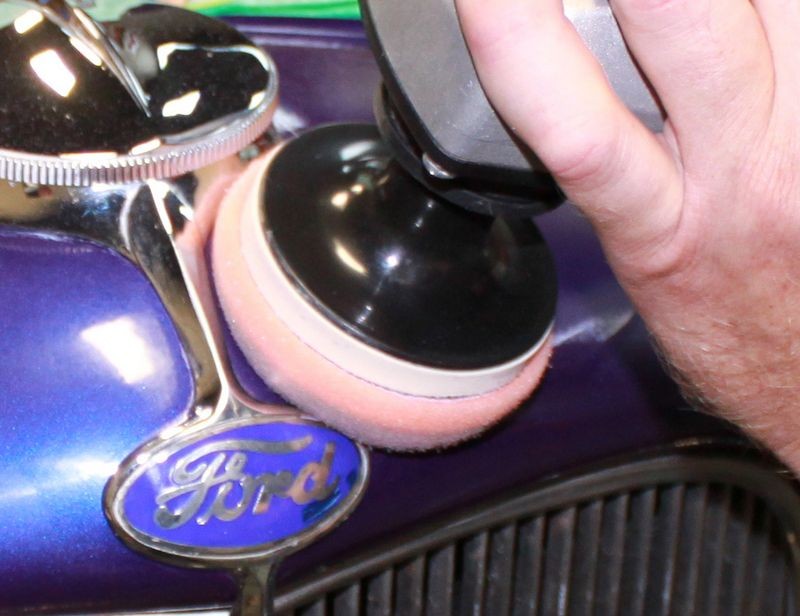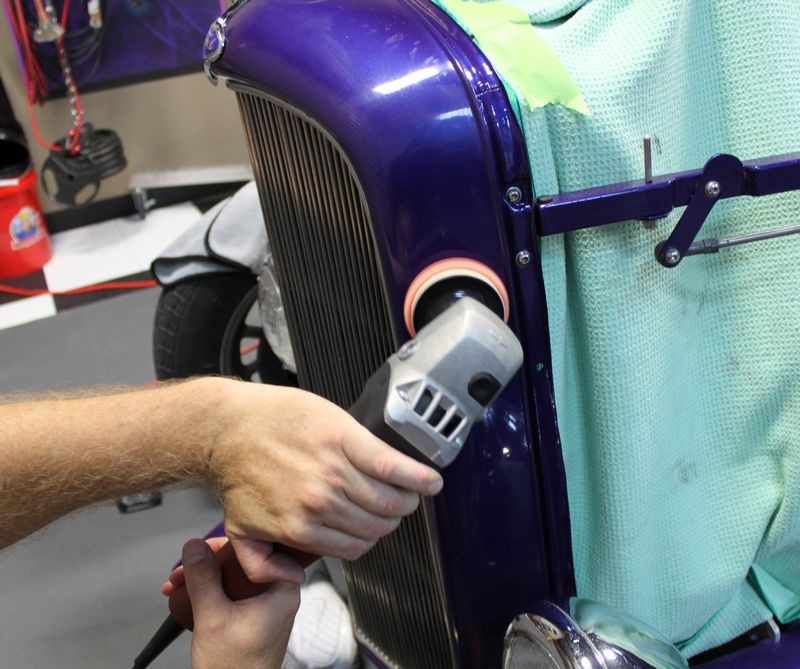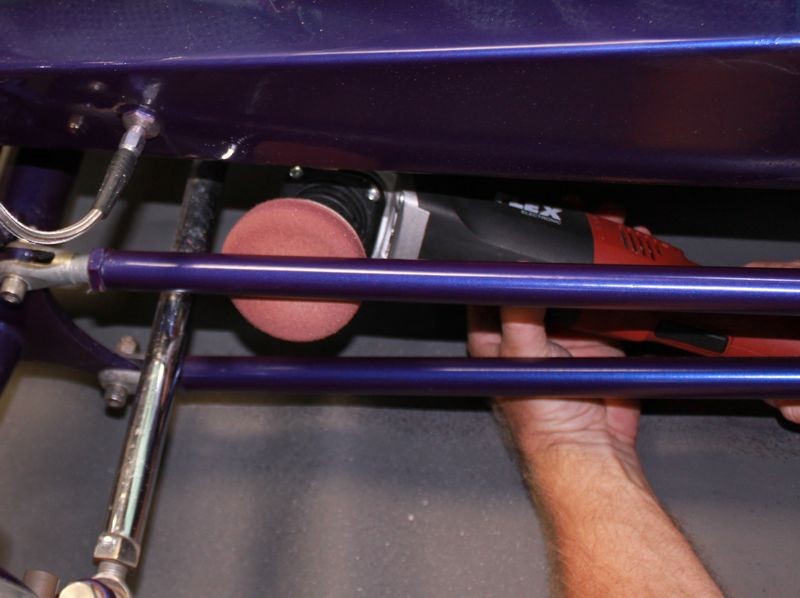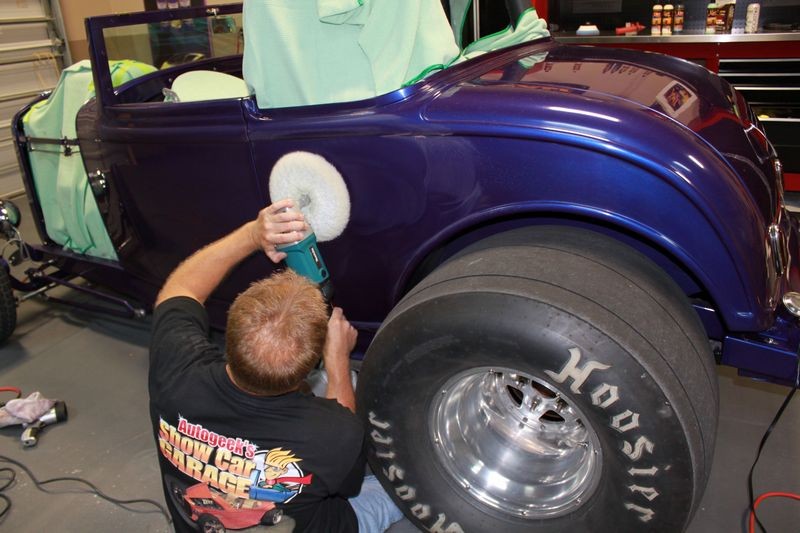Mike Phillips
Active member
- Dec 5, 2022
- 51,004
- 7
Video: The Flex 3403 Lightweight Rotary
Flex 3403 Lightweight Rotary Buffer
11.5 Amps
1100 to 3700 RPM
5 Pounds
1 Year Limited Warranty
The Flex 3403 Lightweight Rotary Buffer
What's in the box?
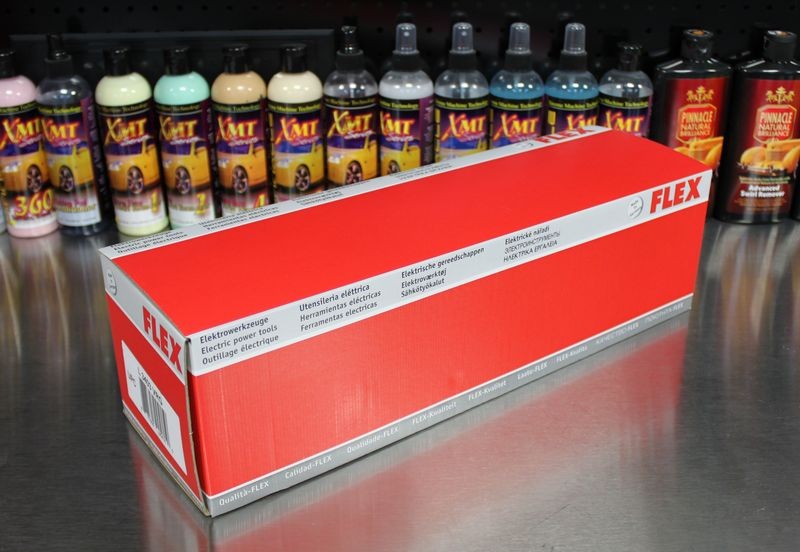
Well packaged and wrapped tool...
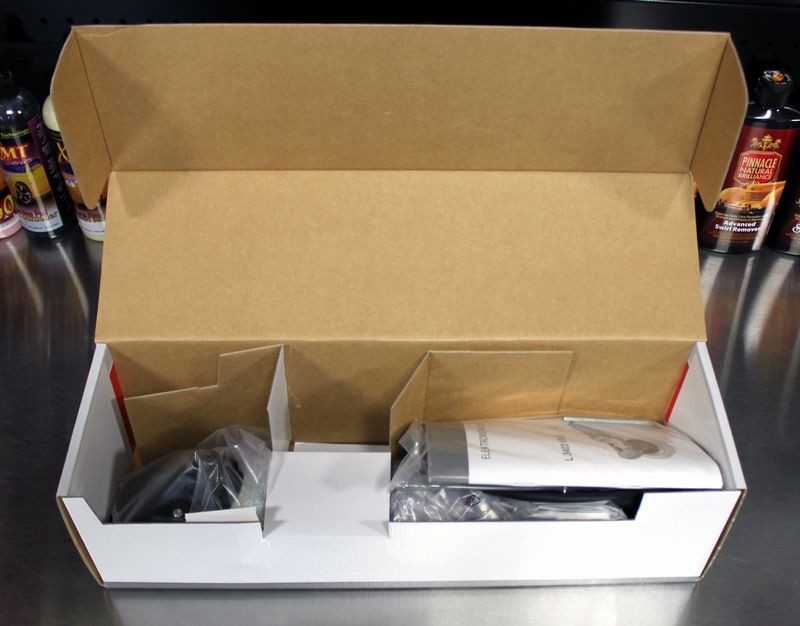
Out of the box you get the Flex 3403 Lightweight Rotary Buffer, two types of handles, a Stick Handle and a forward Bale Handle, owners manual and Allen wrench to remove or replace the forward grip handle.
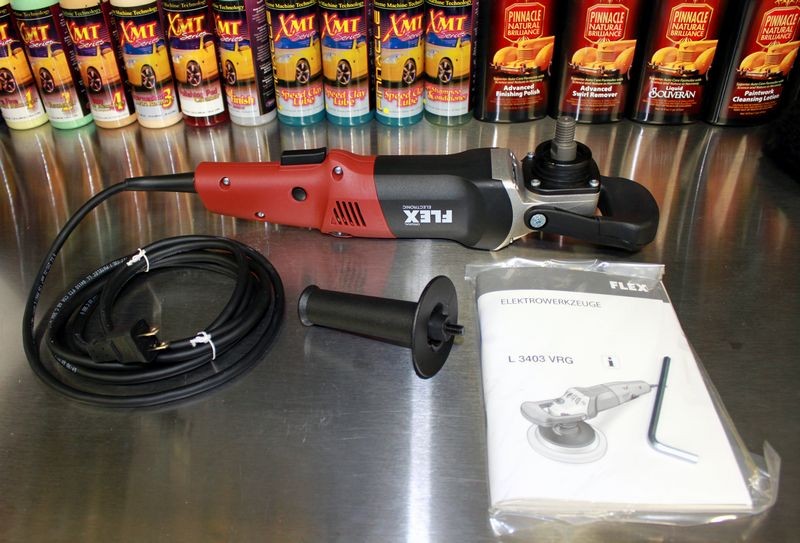
The forward Bale Handle has an ergonomic design and gives you excellent control and leverage over the Flex 3403 Lightweight Rotary Buffer.
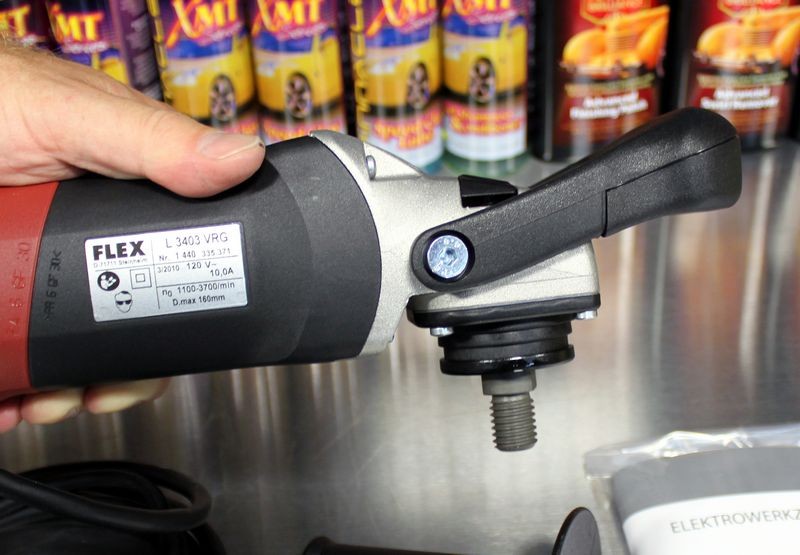
The black button you see in the head housing is a gear lock button to lock-up the gears to keep the spindle from rotating so you can remove or install backing plates or attachments without the spindle rotating.
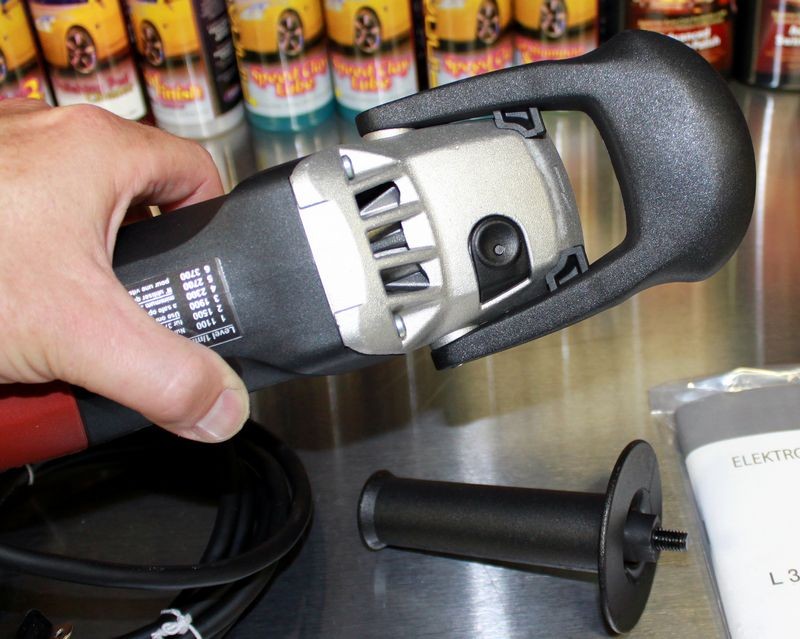
Comfortable Forward Bale Handle comes pre-installed.
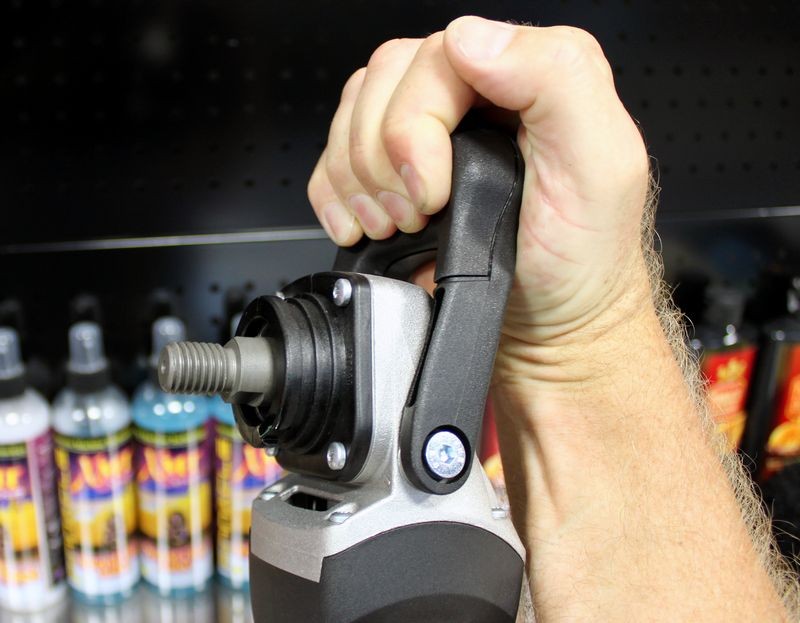
Industry standard 5/8" Course Thread Spindle accepts most professional grade backing plates.
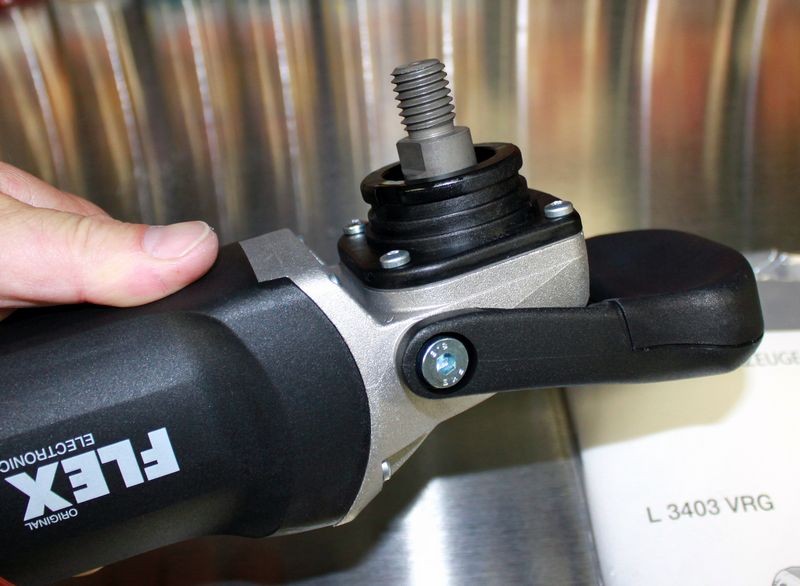
Here's the Flex 3403 with the Forward Bale Handle removed and the factory Stick Handle installed.

It can be used on either side of the rotary buffer depending upon your personal preference or the design of the body panels.
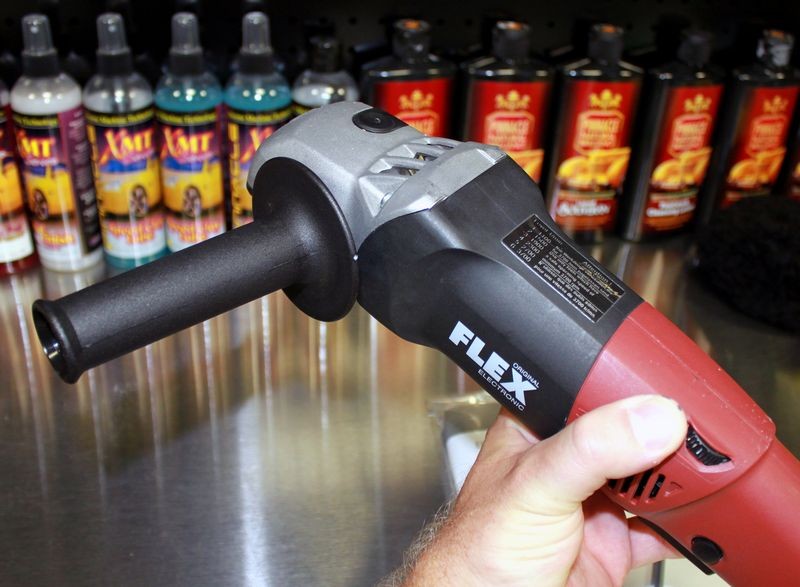
There's an optional The FLEX Grip Side Handle which reduces vibration during operation.

The Flex Grip Handle is a few inches longer than the factory plastic stick handle.

The Flex Grip Handle appears and acts like a handle inside a handle with a rubber liner to separate the two components and provide the vibration reduction.



Flex 3403 Lightweight Rotary Buffer
11.5 Amps
1100 to 3700 RPM
5 Pounds
1 Year Limited Warranty
The Flex 3403 Lightweight Rotary Buffer
What's in the box?

Well packaged and wrapped tool...

Out of the box you get the Flex 3403 Lightweight Rotary Buffer, two types of handles, a Stick Handle and a forward Bale Handle, owners manual and Allen wrench to remove or replace the forward grip handle.

The forward Bale Handle has an ergonomic design and gives you excellent control and leverage over the Flex 3403 Lightweight Rotary Buffer.

The black button you see in the head housing is a gear lock button to lock-up the gears to keep the spindle from rotating so you can remove or install backing plates or attachments without the spindle rotating.

Comfortable Forward Bale Handle comes pre-installed.

Industry standard 5/8" Course Thread Spindle accepts most professional grade backing plates.

Here's the Flex 3403 with the Forward Bale Handle removed and the factory Stick Handle installed.

It can be used on either side of the rotary buffer depending upon your personal preference or the design of the body panels.

There's an optional The FLEX Grip Side Handle which reduces vibration during operation.

The Flex Grip Handle is a few inches longer than the factory plastic stick handle.

The Flex Grip Handle appears and acts like a handle inside a handle with a rubber liner to separate the two components and provide the vibration reduction.


